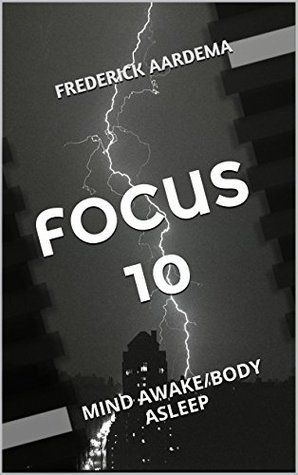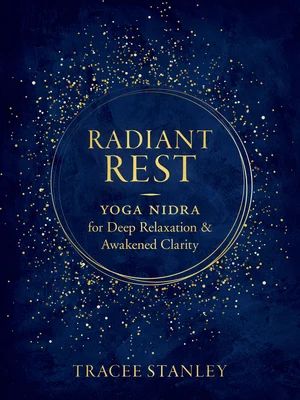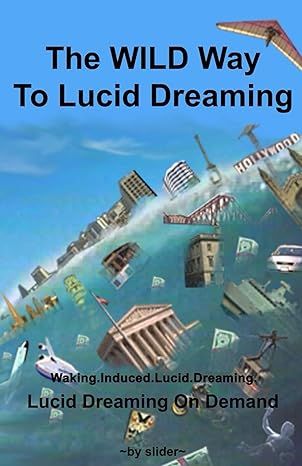Hypnagogia
and how to get there

The post on Brink discussed how many famous creators used this state to mine ideas and stimulate creativity. But it may have even deeper significance. Gary Lachman, in his book The Secret History of Consciousness, makes an excellent case for this state being something our consciousness is evolving towards. And that having voluntary command to remain poised between our two worlds of the conscious and subconscious minds, we can activate latent capabilities that the reactive swing to the rational and linear modes of thinking have obscured for us. We could actually interact with a fuller capacity of experience that happens when both sides of our brain are online.
The trick for many of us, however, is how to get there. Rather than just passing through as tourists with a limited visit during our nightly journeys, how can we actually stake a hold in that magical state?
Brink helps us not slip past it into unconsciousness, but it is most effective when used in training with methods that help our conscious mind let go of its tenacious grip on the external world. What are these methods? Here are some to explore along with resources that follow to investigate them in greater depth:
- Focus 10 - The Mind Awake/Body Asleep State. This approach uses binaural beats, which have showed effectiveness (for most) in entraining the brain and altering consciousness. The Monroe Institute pioneered this technology and one of the first states they teach is mind awake/body asleep, which they call Focus 10. It is elicited by a layer of binaural beats that hover around the 4Hz frequencies, those right on the edge between the delta of sleep and the lower ranges of theta, which are associated with deep trance.
- Deep Relaxation - Yoga Nidra, Float tanks, Somatic and Autogenic approaches delve into this.
- Free Imagery - just watching the black screen when our eyes are closed and waiting for images is also a pathway explore by image streaming (don’t talk out loud), WILD, short for Wake Induced Lucid Dreaming and Jung’s Active Imagination.
- Cycles - it’s easier to catch the edge of sleep upon awakening. Having a little time in the morning or using the time when you awake naturally during the night to sink back and try to catch the current, using Brink is very helpful for this. Consider using naps for this, as well.
For a deep dive into Mavromatis’s comprehensive book on Hypnagogia, we’ve generated the following podcast:
Recommended Resources

Focus 10: Mind Awake/Body Asleep
by Aardema, Frederick. Based on the work of the renowned out-of-body explorer Robert Monroe, this short guide (approx. 25 pages) provides a detailed description of the Focus 10 state, including methods and techniques on how to reach this state, otherwise known as Mind Awake/Body Asleep.
Radiant Rest
by Tracee Stanley. Yoga nidra is a practice devoted to allowing your body and mind to rest while your consciousness remains awake and aware, creating the opportunity for you to tap into a deeper understanding of yourself and your true nature.
Autogenics 3.0: The New Way to Mindfulness and Meditation
by Luis de Rivera. The autogenic methods of Sensory Meditation and Feeling Meditation easily enables the practitioners of Samatha and Vipassana meditations to learn and train the two basic mental processes of Passive Concentration and Passive Acceptance, described by Autogenics. This is a practical psychotherapy book, based on the most recent medical and neurobiological research.